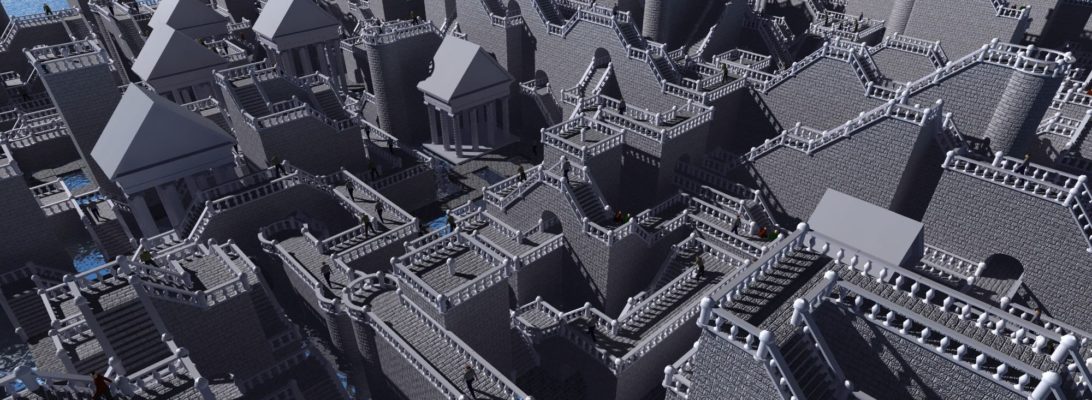Last article, we were comparing WaveFunctionCollapse (WFC), and Model Synthesis (MS). These are both similar procedural generation techniques that work along similar lines. Specifically, they generate a grid of tiles (or pixels), using a set of hard constraints, and some generalized solver technique to find a solution, a set of tiles that satisfies all the constraints provided. Let’s call this overall class of thing constraint-based tile generators.
The techniques have been pretty popular in recent years, and part of that is because it’s actually a very easy concept to experiment with and extend. Many of the more practical examples in the wild include their own extensions, as basic WFC tends to produce levels that look a bit repetitive and structureless.
Today I thought I’d do a review of all the different ways that you can customize this generation technique, showing how WFC and MS are subsets of a greater class. The whole family of such algorithms is much larger and I think there’s a lot of potential still to explore.
Continue reading